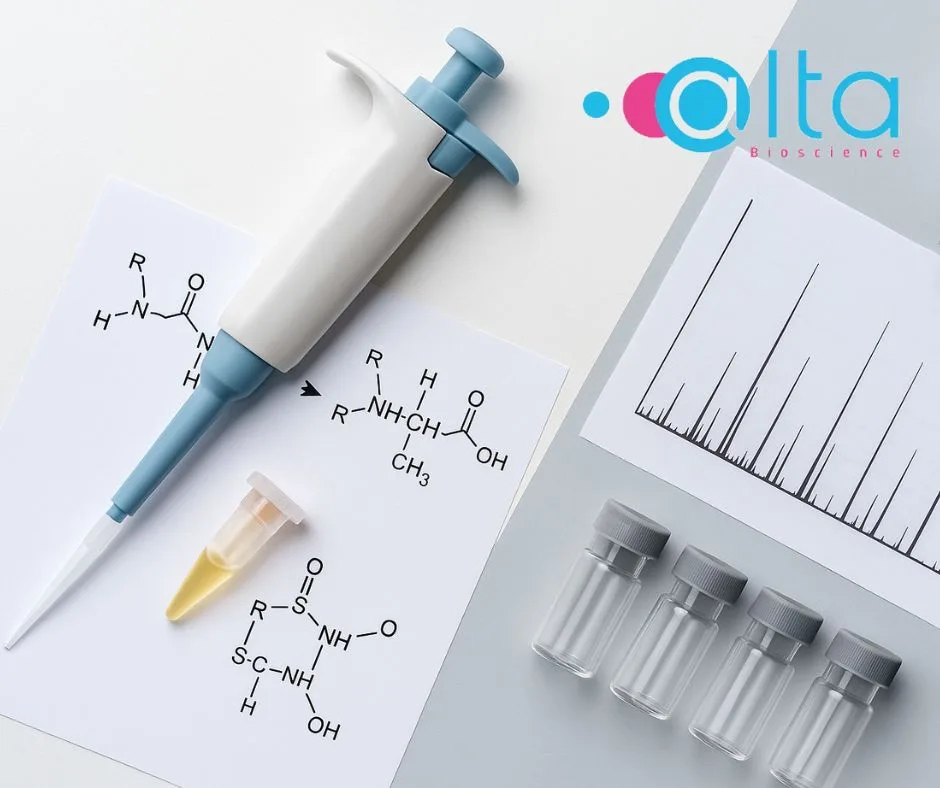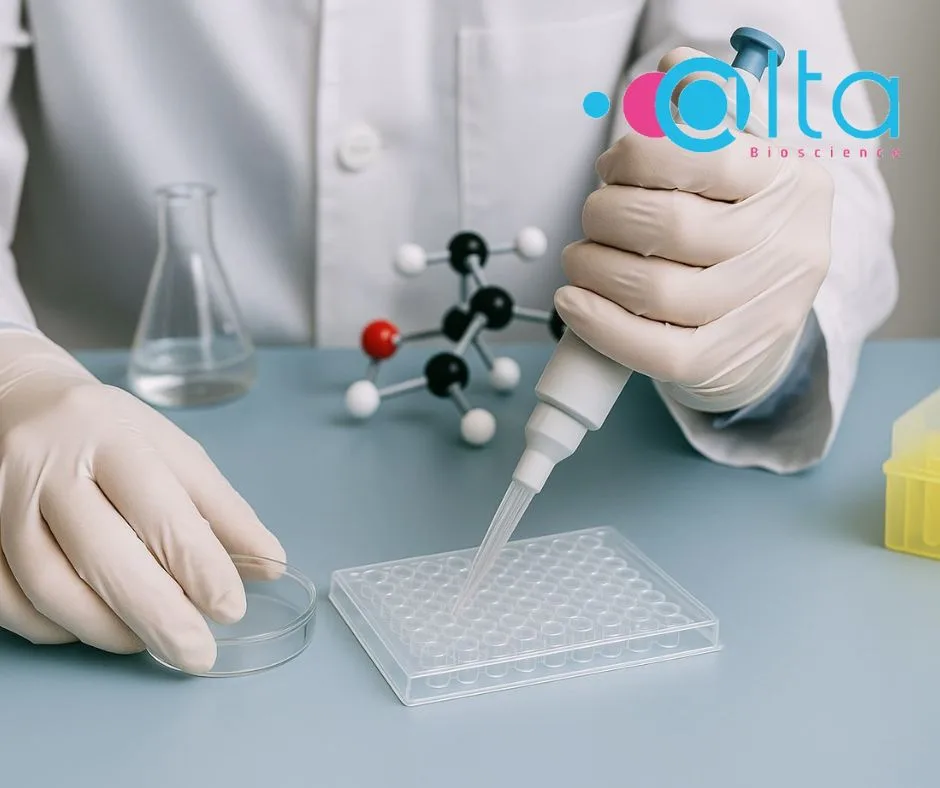Why Edman degradation sequencing services matter in protein science
Understanding the exact order of amino acids at the N-terminus of a protein is critical for confirming structure, identity, and biological activity. In applications where precision can’t be compromised, like therapeutic protein characterisation or protein identity testing, an Edman degradation sequencing service remains the most accurate tool available.
While mass spectrometry has advanced rapidly, it often falls short when it comes to direct, unambiguous protein sequence verification. Edman degradation continues to be the method of choice for researchers who need to confirm N-terminal structure, detect subtle changes, or investigate N-terminal modifications with clarity and confidence.
Confirming protein identity with confidence
For both expressed and synthetic proteins, confirming the correct amino acid sequence at the N-terminus is a vital quality control step. Using an Edman degradation sequencing service, researchers can directly identify up to 30 amino acids of a purified protein or peptide. For solid/liquid protein samples, upwards of 30 may be achieved depending on purity.
Unlike database-dependent mass spectrometry, Edman degradation offers stepwise, residue-by-residue sequencing. This makes it especially valuable when verifying:
- Recombinant protein expression
- Peptide synthesis accuracy
- Unknown or truncated sequences
When N-terminal modification analysis is essential
Many biologically relevant proteins undergo N-terminal modifications, such as acetylation, pyroglutamate formation, or signal peptide cleavage. These changes can significantly impact protein function and can also block Edman degradation. Identifying and understanding these modifications is therefore critical to establishing the appropriate analysis method.
An Edman degradation sequencing service helps confirm whether expected modifications have occurred or reveal unexpected processing events. This is especially useful when:
- Expressing proteins in new systems
- Validating post-translational modifications
- Investigating failed or inconsistent protein behaviour
In short, N-terminal modification analysis helps ensure that what you think you’re working with is what’s actually in the tube.
Supporting therapeutic protein characterisation
In regulated environments, such as biologics development and manufacturing, therapeutic protein characterisation demands rigorous, reproducible data. ICH Q6B guidelines, which define the expectations for the specification and characterisation of biotechnological products, explicitly recommend N-terminal sequencing, such as Edman degradation, for confirming protein identity and structure.
Edman degradation is frequently used to confirm the N-terminal identity of monoclonal antibodies, fusion proteins, or other complex biologics. Its ability to provide direct, interpretable results makes it a trusted method for:
- Batch-to-batch consistency
- Stability studies
- IND and regulatory submission data packages
Partnering with a reliable Edman degradation sequencing service provider ensures your analytical package meets both internal and external quality expectations.
Why choose AltaBioscience for Edman degradation sequencing?
With decades of experience, AltaBioscience provides a specialist Edman degradation sequencing service designed to support both research and industry applications. We help scientists around the world with:
- Accurate protein sequence verification
- Reliable protein identity testing
- Detailed N-terminal modification analysis
- Regulatory-grade therapeutic protein characterisation
Our team works closely with you, from sample preparation to data interpretation, to ensure every sequence result is reliable.
Whether you need to verify a synthetic peptide, troubleshoot a recombinant expression, or generate data for a regulatory submission, AltaBioscience’s Edman degradation sequencing service can help. Contact us today.
What is N-terminal sequencing?
N-terminal sequencing is a specific form of protein sequencing that focuses solely on identifying amino acids at the beginning (N-terminus) of a protein or peptide. The most common technique used for this purpose is Edman degradation, which sequentially removes one amino acid at a time from the N-terminal end and identifies it through chromatographic methods. This approach can identify 5-30 amino acids under ideal lab conditions. For solid/liquid protein samples, upwards of 30 may be achieved depending on purity. N-terminal sequencing is particularly useful for confirming the identity of purified proteins and verifying expression products. However, it requires that the N-terminus be free and unblocked, making it unsuitable for proteins that are chemically modified or naturally blocked at that end, e.g. by acetylation and glycosylation.
Get started with protein sequencing and N-terminal sequencing
At AltaBioscience, we are experts in providing accurate, high-quality N-terminal sequencing services using Edman degradation, trusted by academic labs and biotech companies alike. Our team can help you confirm the identity of your protein, troubleshoot expression issues, or validate your synthesis results with confidence.
If you are new to protein sequencing or unsure of what you need for your application, we’re here to support you.
Get in touch with our experts at AltaBioscience to discuss your project or learn more about our protein sequencing services.



